Billed as a GPS multi-sports watch targeted at athletes who want in-depth data for training and during races, the Garmin Forerunner 735XT is advertised as the “ideal” watch to get you through your workout and your day as a whole. This is all thanks to the pedometer function, which calculates your steps taken everyday.
![The Garmin Forerunner 735XT is being billed as Garmin's lightest triathlon watch. [Photo source: Garmin US]](https://www.prischew.com/wp-content/uploads/cf-lg-2.png)
The Garmin Forerunner 735XT is being billed as Garmin’s lightest triathlon watch.
[Photo source: Garmin Website]
Garmin’s Smallest Triathlon Watch
At first glance, the appearance of the 735XT has several features that are similar to the earlier released Garmin Forerunner 235 running watch. And its light and slim appearance, also makes the 735XT the smallest and lightest Garmin triathlon watch so far.
I particularly like the lightness of the 735XT, as the watch does not weigh the wearer down when engaging in endurance sports. And it also does not look clumsy on my wrist.
And like the 235, the 735XT also has an optical heart-rate sensor that is able to track the heart rate 24/7. The optical heart rate sensor makes the 735XT an improvement over Garmin’s previous triathlon model, the Garmin Forerunner 920XT – where a heart rate chest strap is needed if you want your heart rate detected.
I generally found these heart-rate readings to be generally accurate most of the time during my daily activities. I am usually in the habit of strapping on the watch quite tightly – to prevent it from moving up and down – so this probably helps my watch to be more accurate.
Straightforward and easy to use
The 735XT is quite easy and straightforward to use. To get started, simply pair the watch with the Garmin Connect app, which is a free download from the Apple and Android Stores. However, there may be some syncing issues – I had to try a few times before the app was successfully able to detect my watch and the pairing process had started.
But once these have been paired successfully, the 735XT is able to detect the daily weather, as well as the the calendar and the notifications from your smartphone.
Just like the 235, the notifications feature for the 735XT is especially useful – as it means that you do not need to check your actual phone in order to know when for example, your friends have sent you a WhatsApp message. The only sore point I have with this feature, is that if you are part of an active chat group, then it can be rather annoying to have the watch alerting you all the time to new messages.
The performance of these functions though, is pretty similar to the earlier released 235 model, including the BlueTooth lagging and not picking up occasionally – for example, notifications and the weather.Running
Some of the running features of the 735XT include the following.
- VO2 Max estimate
- Race Predictor and recovery advisor
- Accelerometer for indoor running
- Personal records
Running with the watch is quite comfortable due to its lightweight design – just like the earlier released 235 model.
Detecting a GPS signal was generally quite fast with the 735XT – this is generally typical of most Garmin devices. However, there was one occasion when the watch took three minutes to detect a signal. That had been prior to a run at ParkLand Green, East Coast Park – but it was probably an anomaly though, as I did not experience it again even at the same location.
Personally, it was also quite easy for me to read the display on the 735XT when running, even when set to multiple fields. But for older runners who may have difficulty in reading, the screen is customisable as with most Garmin devices – you can set the display to one or two fields in the screen. So this means that the watch will suit everyone.
I found that during running, the pace and heart rate measurements appear to be quite decent and pretty much on target to my perceived body effort.
However, I must recommend that especially in Singapore’s hot and humid weather, you should wear the watch as tightly as possible – because otherwise it may have the tendency to slide up and down the wrist as you perspire, thus affecting the accuracy of the readings, especially in terms of the heart rate. This is vital for those who perspire a lot when running. The only downside of this though, is that it may leave patterns on your arm after the run.
The distance measurements were also pretty close to those given by another watch that I was wearing during the test runs, with the maximum difference between the two being about 0.11km.
And for a certified and measured 5km running course that I had run on, the 735XT had measured a distance of 4.98km.
So I think that the GPS accuracy of the 735XT is quite good.
Cycling
For the cycling feature, which is also GPS-based, I found that the accuracy and the detection of a signal for the watch, is similar to the running mode. The data provided though, may be a bit on the basic side – so this feature may appeal more to the cycling masses rather than the hard-core cyclists.
Some of the cycling features that the watch comes with, include
- Vector Compatibility and
- Support of Speed and Cadence sensors
Swimming
This is where the 735XT differs from the earlier Forerunner 235 model, which does not have a swimming feature.
For swimming, the 735XT comes with features such as
- Swim metrics for both Swimming Pool and Open Water swimming
- Identification of Swimming Stroke
- Ability to programme Swim Workouts
I tried out the 735XT on a couple of pool swims. In terms of comfort, I quite liked wearing the 735XT in the pool; as the watch is quite small, it does not hinder my movements in any way.
I was also surprised that even with two display fields, it was quite easy to read the progress of my swim workout inside the pool as I was swimming and kicking – so I could keep track of exactly how much time I had been swimming for and my distance clocked, without having to stop in order to do so.
However, in terms of its functionality, what I had noticed immediately, was that the pool swim function did not utilise the GPS – rather – you have to specify the length of the swimming pool and the watch will then estimate your total distance swam and pace per 100m from there.
The 735XT instead uses the accelerometer and your stroke length to calculate the distance that has been completed.
However, due to the lack of GPS though, I noted that there was a bit of difference on the distance clocked, as compared to my manual measurement of my swimming laps.
For example, I had stopped halfway during a lap to catch my breath, but the 735XT somehow managed to count one full lap as having been completed, and then when I re-started the watch again, another full lap was counted. That had resulted in my overall distance clocked being 100 metres more than my manual calculations. But other than that, the pool swimming feature is decent enough for a leisure swimmer like me.
The Open Water swim feature also capitalises on the watch’s accelerometer rather than the GPS as a form of measurement.
The statistics on Garmin Connect for its swimming feature are quite comprehensive because it measures a whole lot of other data too, such as speed, stroke rate and total number of calories burned. This is good because it gives you an indication of how your swimming is improving.
But do note that the wrist based GPS does not work for the swimming feature – in order to use heart rate when swimming, you will have to purchase an additional heart rate monitor with a chest strap.
The 735XT also has a Structured Swim Workouts feature whereby you have the ability to configure the entire swim as you would like, through the Garmin Connect user interface. For example, you can do about 100 metres of warm-up, then go out hard for a couple of laps before cooling down with a long and easy swim.
For the record, the Structured Swim Workouts feature is also available in the 735XT’s running and cycling modes, and has appeared in some of Garmin’s earlier triathlon watch models, namely the Fenix 3+ HR as well as the Forerunner 920XT.
Strava Suffer Score
This is a new and premium feature to the 735XT at this stage, and it is typically a measure of your heart rate for the time that you spend training. The higher your heart rate zone and the more time you spend in it, the higher is your Strava suffer score.
Strava will typically estimate your maximum heart rate using your age, but this may not be accurate for everyone, so you are recommended to work out your own maximum heart rate and type this in, to get a more accurate reading for the Strava Suffer Score.
Generally though, a Strava Suffer Score of about 100 to 150 is classified as a tough workout and a Strava Suffer Score of more than 250 is considered to be an extremely hard workout.
Other Features
Some of the other features present in the Garmin Forerunner 735XT watch, include the following:
- Stress Score – This feature measures how stressed you are feeling throughout the day, for example, based on whether you have been sleeping enough and how erratic your heart rate is. But it requires the additional purchase of an ANT+ heart rate strap. (ANT+ is a wireless personal network protocol similar to BlueTooth that enables your electronic devices to speak to each other).
- Intensive Minutes – This feature will help you to keep track of whether you have reached your recommended weekly exercise quota, which is 150 minutes per week according to the Health Promotion Board Singapore.
- Lactate Threshold Measurements – This is used to measure your pace and heart rate measurements for running.
- Functional Threshold Power Calculation – This is used to measure your watt per kilogram in cycling, but you need to purchase an additional power meter though.
Battery Life
The battery life for the 735XT is advertised as being 14 hours in training mode or 11 days in normal watch mode. I have not yet tested this, but the battery life is probably adequate to cover most of the training sessions and races, unless for example, you are aiming for an Ironman triathlon.
Garmin Connect
Like the 235 model, I find that I needed to switch the BlueTooth on and off several times to sync my workouts from my 735XT watch to the Garmin Connect mobile app on my iPhone.
So making the BlueTooth syncing process more seamless, would be good.
Other Comments
Overall, I think that the Garmin Forerunner 735XT is a watch that will appeal to those who like their devices to be slim and light, such as females or those who have smaller wrists.
For swimming, cycling and running, I would say that the 735XT is just nice for me to use on a regular basis, and it gives me the measurements that I want to know – but some of the hard-core cyclists and triathletes may feel that the cycling features are not comprehensive enough.
Where to get the watch
The Garmin Forerunner 735XT has a retail price of $699 SGD and it is available at all Garmin retailers, distributors and dealers across Singapore. Here is a list of them. http://www.garmin.com.sg/buy/sg/retailer_singapore/
Thank you Garmin for the Forerunner 735XT triathlon watch.

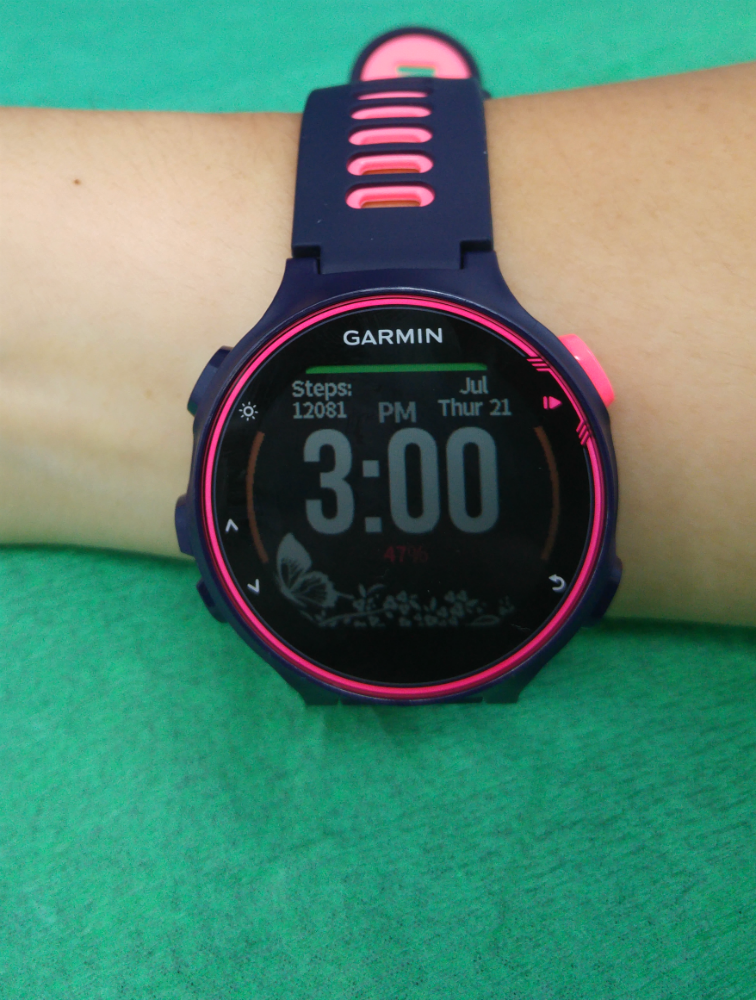
![The watch has an optical heart-rate sensor. [Photo source: Garmin US]](https://www.prischew.com/wp-content/uploads/watches-view.png)
![You can also receive notifications via the 735XT watch. [Photo source: Garmin US]](https://www.prischew.com/wp-content/uploads/sc-01-lg.png)
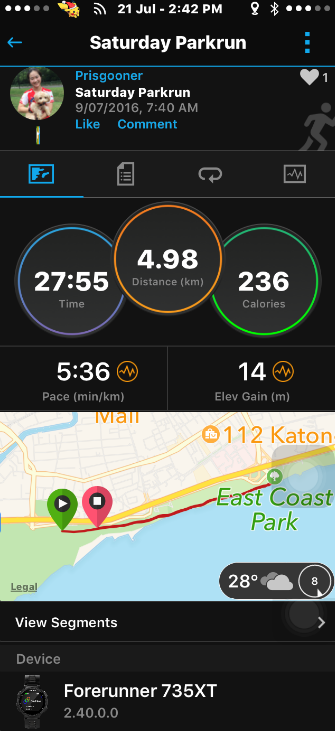
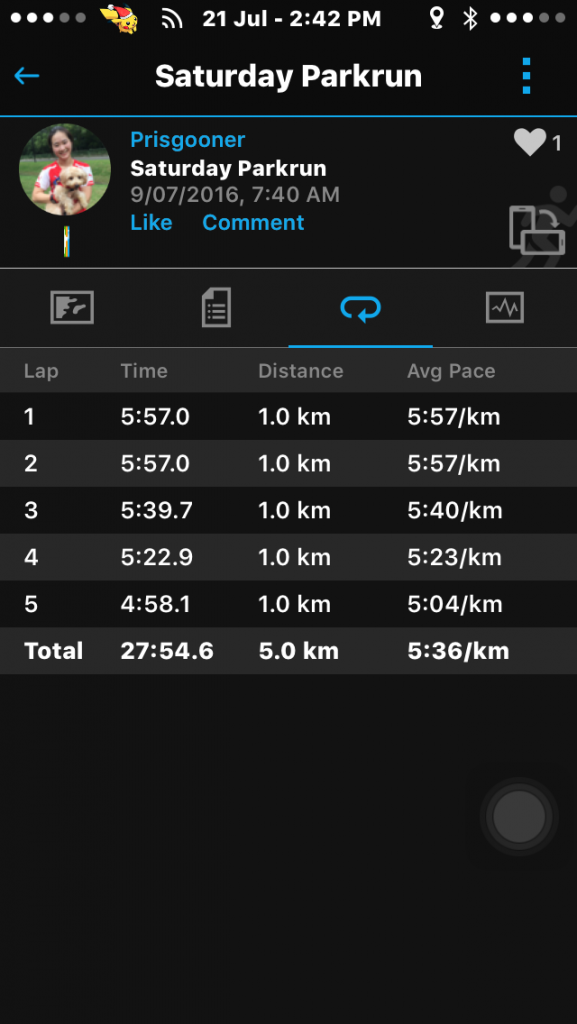
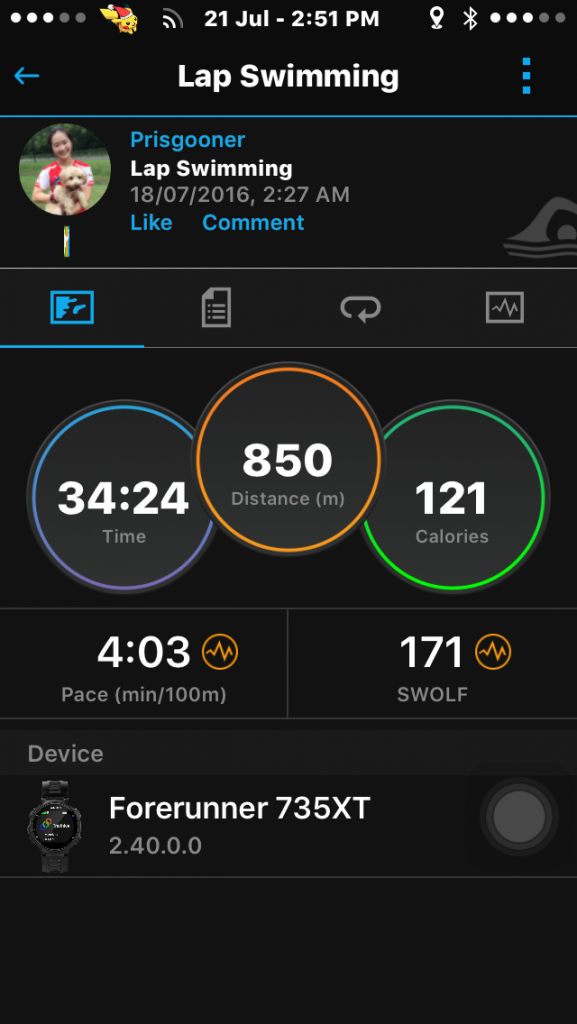
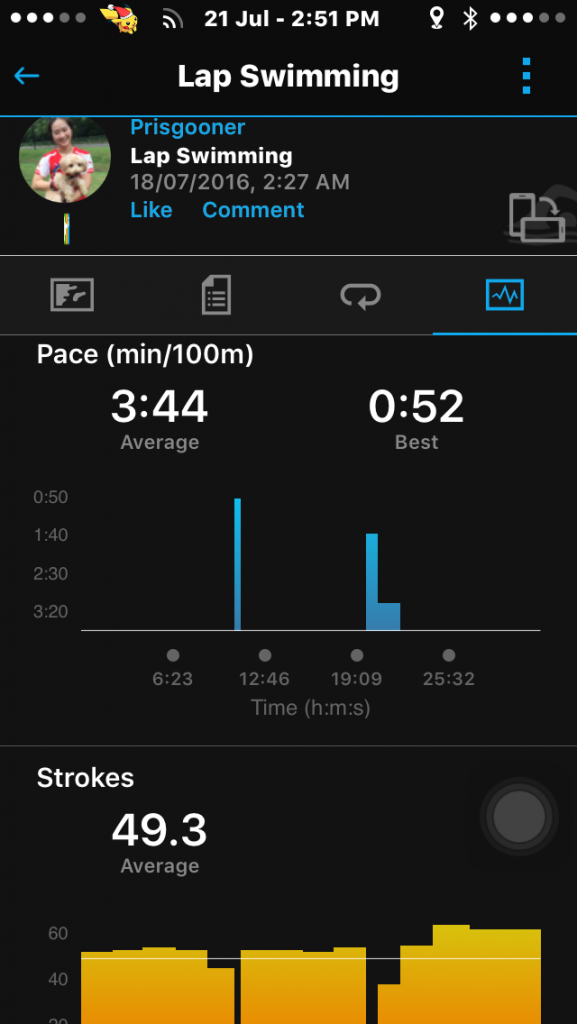
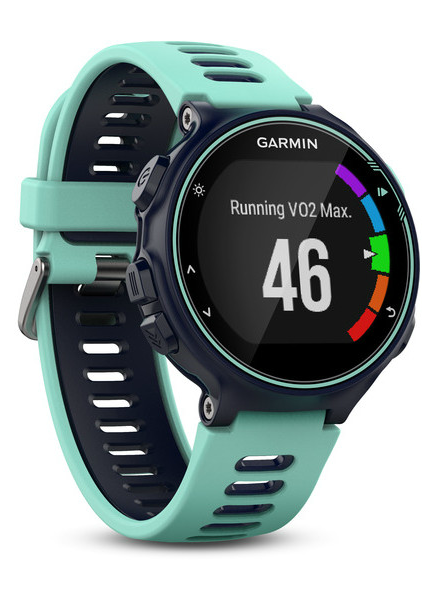
![The watch has a retail price of $699 SGD. [Photo source: Garmin Website]](https://www.prischew.com/wp-content/uploads/pd-05-lg.png)
Leave a Comment